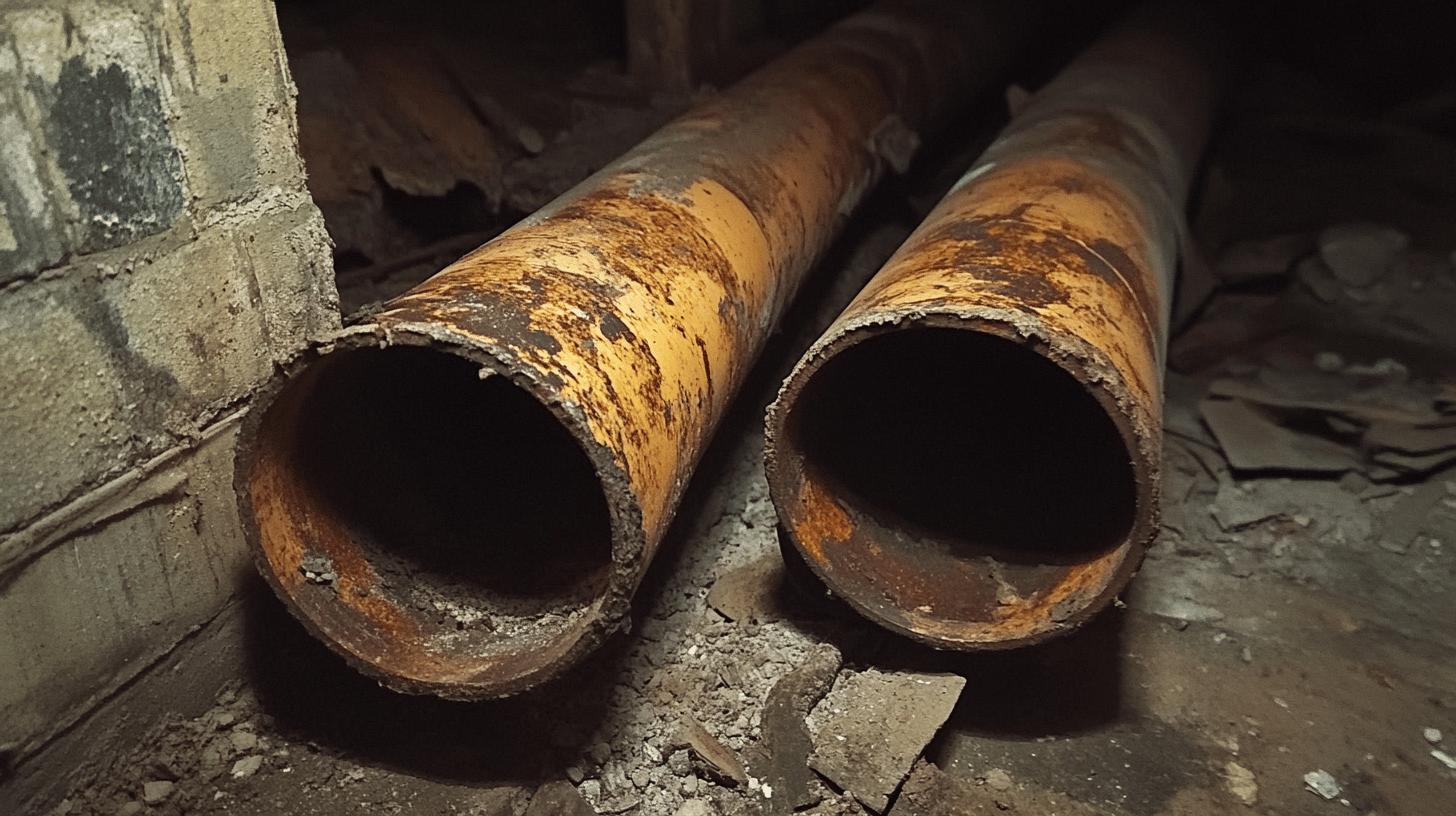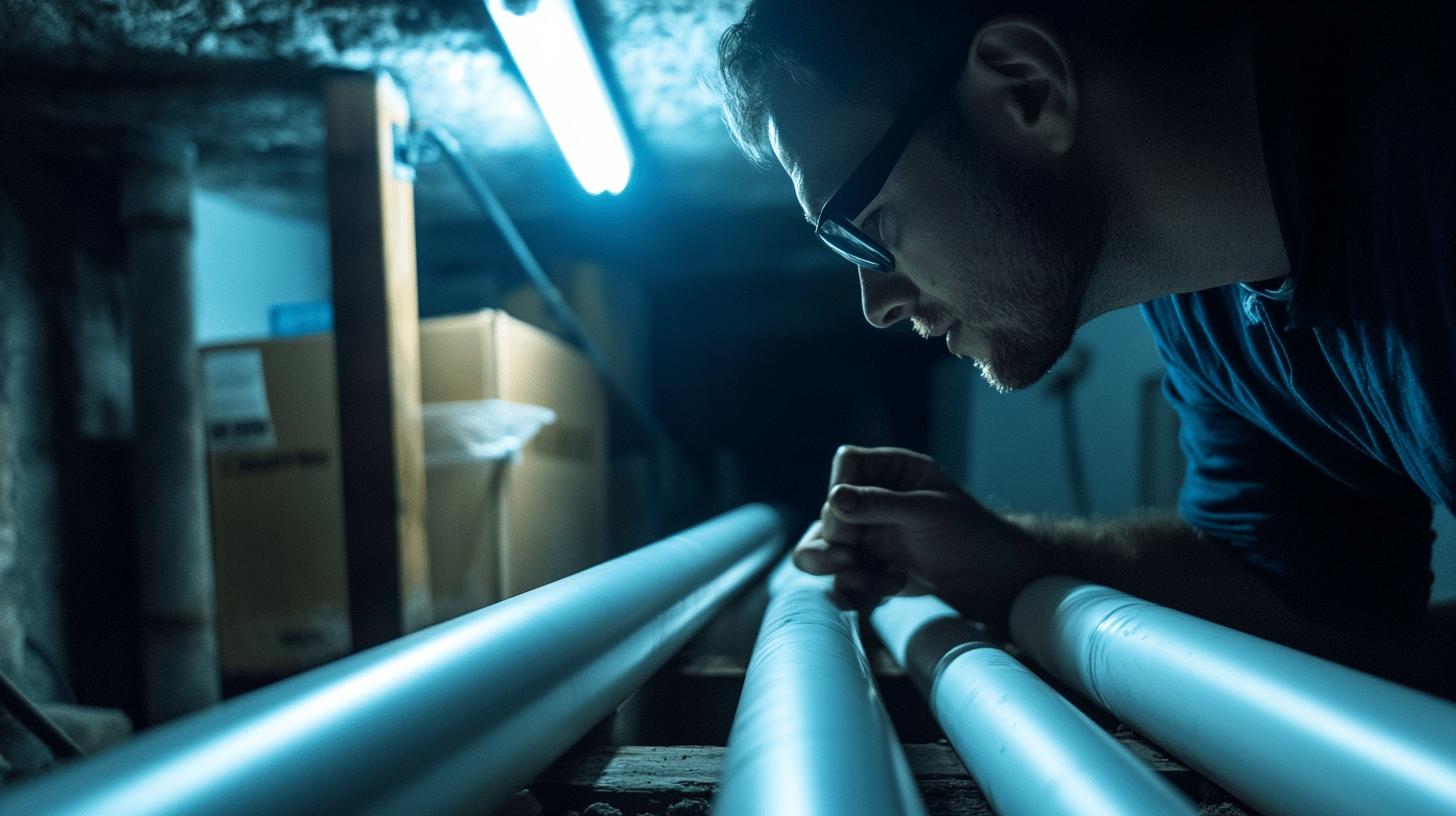TL;DR:
- CPVC pipes are prone to brittleness, cracking, and shattering due to stress, chlorine degradation, and thermal expansion.
- Signs for replacement: frequent leaks, structural failures, discoloration, age over 30 years.
- Alternative materials:
- CPVC: Strong, corrosion-resistant but brittle.
- PEX: Flexible, easy installation; sensitive to UV and extreme temperatures.
- Copper: Durable, bacteria-resistant but prone to corrosion and costly.
- Replacement costs depend on home size, plumbing complexity, and pipe location; CPVC is cheaper than PEX but PEX may lower labor costs.
- Consulting a professional plumber is essential for accurate assessments and effective replacement.
Wondering if you should replace your CPVC pipes? It can be tricky to decide, especially if you’re noticing wear and tear. CPVC pipes can crack, shatter, or break down due to chlorine over time. Even small movements or pressure changes can cause problems. Knowing these common issues with CPVC can help you decide if it’s time to switch to something more reliable. Here, we’ll cover the signs and reasons for replacing CPVC pipes, so your home stays safe and running smoothly.
Common Issues with CPVC Pipes
CPVC pipes tend to get brittle as they age, which often leads to cracks. Even a small change in pressure can make them shatter, making them less dependable in areas with frequent stress or changes. This means that regular maintenance could accidentally damage these fragile pipes.
- Cracking and shattering
- Chlorine degradation
- Thermal expansion
- Joint stress and failure
- Brittle nature
CPVC pipes have a tough time with temperature changes, expanding and contracting as temperatures shift. This puts stress on joints and fittings, especially in extreme weather, which can lead to leaks or breaks. Chlorine can also weaken CPVC over time, making it even more likely to fail. Considering these issues, replacing CPVC pipes is often smart to prevent water damage and keep your plumbing working longer. Professional plumbers can check your pipes’ condition, age, and factors like water pressure to help you pick more durable options and avoid future problems.
When to Consider Replacing CPVC Pipes

Are your CPVC pipes wearing down? Frequent leaks and structural issues usually mean it’s time to replace them, especially in homes with pipes from the 1970s to 1990s. Failures are common in older systems, so if you’re seeing signs like frequent leaks, don’t rely only on discoloration. Look for real signs of wear to know when it’s time for new pipes.
- Frequent leaks
- Discoloration
- Age over 30 years
- Structural failures
- Visible cracks
Getting a plumber’s opinion is essential for checking the state of your CPVC pipes. They’ll tell you if a replacement is needed and recommend materials that will last. Updating old pipes can protect your home from water damage and keep your plumbing system in good shape.
Comparing CPVC with Alternative Pipe Materials
CPVC pipes are popular in home plumbing because they resist corrosion, hold up in high temperatures, and work well with treated water. But they can get brittle and crack under stress, causing leaks and repairs.
PEX pipes are flexible and easy to install, making them less prone to leaks because they need fewer fittings. They handle hot and cold water well and resist scale and chlorine. However, PEX isn’t great in extreme temperatures, around hazardous materials, or in sunlight because it can degrade.
Copper pipes are super durable and bacteria-resistant but need maintenance to avoid leaks and corrosion. They can lose heat unless insulated, and their cost can vary, which makes them pricier for full installations.
| Material | Advantages | Disadvantages |
| ——– | ———- | ————- |
| CPVC | Strong joints, corrosion-resistant | Brittle, prone to cracking |
| PEX | Flexible, easy installation, chlorine-resistant | Sensitive to UV and extreme temperatures |
| Copper | Durable, bacteria-resistant | Prone to corrosion, expensive |
Picking the right pipe really comes down to your environment and budget. CPVC is strong and resists corrosion, PEX is flexible and easy to install, and copper is durable but can be pricey and need maintenance. A plumber can help you decide which option works best for you.
Cost Considerations for Replacing CPVC Pipes

Replacing CPVC pipes involves weighing the project’s cost. Total expenses depend on your home’s size, plumbing complexity, and where pipes need replacing. CPVC materials are affordable, but labor costs can add up based on installation difficulty.
Compared to other materials, CPVC is usually half the cost of PEX, though PEX might save on labor because it’s flexible. Copper is durable but pricey and requires skilled labor.
Pipe location impacts labor costs, too. For a reliable estimate, consult a plumber who can give you a breakdown and help you choose the best option for durability and cost.
Professional Recommendations for CPVC Pipe Replacement
Thinking about replacing your CPVC pipes? Consulting a plumber is a smart first step. They can accurately check the condition of your pipes and spot hidden issues like leaks or weak spots that might cause problems down the line. With their expertise, you’ll get recommendations tailored to your plumbing needs now and in the future.
- Conduct comprehensive inspections
- Use quality materials
- Ensure proper installation techniques
- Offer warranties and guarantees
Hiring a professional plumber for pipe replacement has lasting benefits. They make sure installations are done right, lowering the risk of future leaks. Pros use high-quality materials, follow best practices, and often provide warranties, giving you peace of mind. Trusting an expert means your CPVC replacement is done well, keeping your plumbing in top shape for years to come.
Final Words
Understanding the common problems with CPVC pipes, like cracking, brittleness, and stress at the joints, shows why it’s important to evaluate and replace them on time. Spotting signs of failure, such as frequent leaks and discoloration, is key to keeping your plumbing safe.
When looking at alternatives, PEX and copper have their own benefits and downsides. It’s also essential to consider the costs associated with replacing your pipes to find the best option for your home.
In the end, consulting professional plumbers ensures not just proper installation but a long-lasting solution. Knowing when to replace your CPVC pipes helps protect your home’s plumbing system.
FAQ
Should I replace my CPVC pipes?
You should replace your CPVC pipes if they are experiencing frequent leaks, visible cracks, or are over 30 years old. Consulting a professional plumber ensures an accurate assessment and appropriate action.
Why is CPVC not used anymore?
CPVC is less favored today due to issues like cracking under pressure, chlorine degradation, and thermal expansion. These problems have led to a preference for more flexible and durable materials like PEX.
How long does CPVC pipe last?
CPVC pipes typically last about 30 to 50 years. Their lifespan can be influenced by factors such as water quality and exposure to harsh conditions.
What are the common CPVC pipe problems?
Common CPVC pipe problems include cracking, chlorine degradation, thermal expansion, joint stress, and a brittle nature. These issues can lead to frequent leaks and structural failures.
Is CPVC safe for drinking water?
Yes, CPVC is generally safe for drinking water when installed correctly. It is resistant to corrosion and doesn’t impart harmful chemicals into the water supply.
Should I switch from CPVC to PEX?
Switching to PEX can be beneficial due to its flexibility, ease of installation, and resistance to scale and chlorine. It is often recommended for homes experiencing recurring issues with CPVC pipes.
How often do CPVC pipes need to be replaced?
CPVC pipes should be evaluated for replacement every 30 years. Signs like leaks, cracks, and discoloration indicate the need for a professional inspection and possible replacement.

